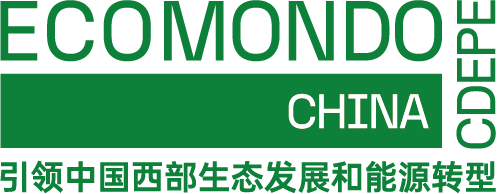Polyaluminum chloride (PAC) is a water-soluble inorganic polymer between AlCl ∝ and Al (OH) ∝, with a chemical formula of [Al ₂ (OH) ₙ Cl ₆ - ₙ] ₘ, where m represents the degree of polymerization, n represents the neutrality of PAC products, and n=1-5 are high charge polymerized cyclic chains with Keggin structure
one
two
PAC has a high degree of electrical neutralization and bridging effect, which can effectively remove toxic substances and heavy metal ions. Its properties are stable and it is often used as an emerging water purification material and coagulant, widely used in the purification treatment of drinking water, industrial wastewater, and urban sewage
one
.
Physical and chemical properties
PAC usually appears as a solid powder in yellow or light yellow color, and liquid products are also available. Solid PAC is easily soluble in water, and hydrolysis and polymerization reactions occur during the dissolution process, forming a multi-core hydroxyl complex with adsorption bridging effect. Liquid PAC appears colorless to yellow brown transparent and has a certain degree of viscosity
three
PAC has strong acidity and releases hydrogen ions when hydrolyzed in water, creating an acidic environment for the solution. This acidity helps it to coagulate impurities in water
three
.
application area
PAC is widely used in the field of water treatment, including drinking water, industrial wastewater, and urban sewage treatment. In drinking water treatment, PAC can remove suspended impurities, sediment, and colloidal particles from water, reduce turbidity and chromaticity, and ensure the safety of drinking water quality
one
three
In industrial wastewater treatment, PAC can remove dyes, heavy metal ions, and other pollutants, reducing environmental pollution
one
three
In addition, PAC is also used for paper sizing, retention, and filtration in the paper industry to improve the quality and performance of paper
three
Search









